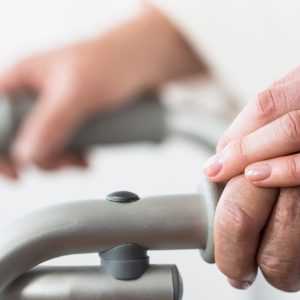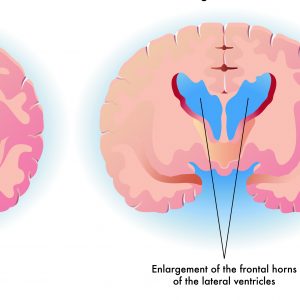
The shortage of Certified Nursing Assistants in Aging Services is reaching a critical point. Piled on top of the current shortage is the projected need. However, systemic and sustainable solutions have evaded the industry.
The U.S Bureau of Labor Statistics projects the demand for personal care aides to grow by an astounding 38% to the year 2026. Consequently, this leaves many aging services providers panicked and scrambling to attract and retain qualified and caring nursing assistants.
More importantly, we need a new generation of dedicated persons who have a calling and see this work as their vocation.
Expecting a high level of dedication from nursing assistants in an industry that does very little to advance the vocation seems unrealistic. Therefore, creating a vision for a new role of the C.N.A needs attention from a national, state and organizational strategic level.
Possibilities for a New Role
Recently, I had the pleasure to meet with Karen Messer, CEO, and President of LeadingAge Illinois. Karen and her team are responding to challenges facing association members by developing workforce solutions and resources.
Karen and I discussed ways to elevate the esteem and professional standards of the certified nursing assistant. As a result, we started running down the list of potential skills-building opportunities. Noteworthy ideas include fall prevention expert, medication aide, dementia care coach. Also consider life enrichment facilitator, mechanical lift trainer, oral care technician, infection prevention certified.
Adding on specialties and certifications to the vocation of a certified nursing assistant will elevate the esteem of the position. In addition, it will create a needed career path.
Cash strapped Chief Financial Officers will be concerned about paying more. Therefore, I encourage organizations to consider the positive impact of reduced hiring and turnover activity, increased census, and improved job satisfaction and morale of their staff.
Begin with starting a conversation in your community about how you can nurture the potential of your C.N.As. As a result, build a sustainable workforce solution to propel your organization into the future.
 Julie has worked in Aging Services for over 30 years and has been a Licensed Nursing Home Administrator since 1990. She is a Certified Master Trainer with the AGE-u-cate Training Institute. Through her company Enlighten Eldercare, she provides training and educational programs on elder caregiving to private and professional caregivers. She is an instructor and the Interim Director of Gerontology at Northern Illinois University and lives in the Chicago Northwest Suburb of Mount Prospect, IL.
Julie has worked in Aging Services for over 30 years and has been a Licensed Nursing Home Administrator since 1990. She is a Certified Master Trainer with the AGE-u-cate Training Institute. Through her company Enlighten Eldercare, she provides training and educational programs on elder caregiving to private and professional caregivers. She is an instructor and the Interim Director of Gerontology at Northern Illinois University and lives in the Chicago Northwest Suburb of Mount Prospect, IL.
 The
The  Don’t you enjoy being around people who are naturally grateful? Can we cultivate an attitude of gratefulness ourselves? Of course, we can! Practicing gratitude not only is good for our souls but can improve our health and well- being.
Don’t you enjoy being around people who are naturally grateful? Can we cultivate an attitude of gratefulness ourselves? Of course, we can! Practicing gratitude not only is good for our souls but can improve our health and well- being. May is Huntington’s Disease (HD) Awareness Month, sponsored by the
May is Huntington’s Disease (HD) Awareness Month, sponsored by the